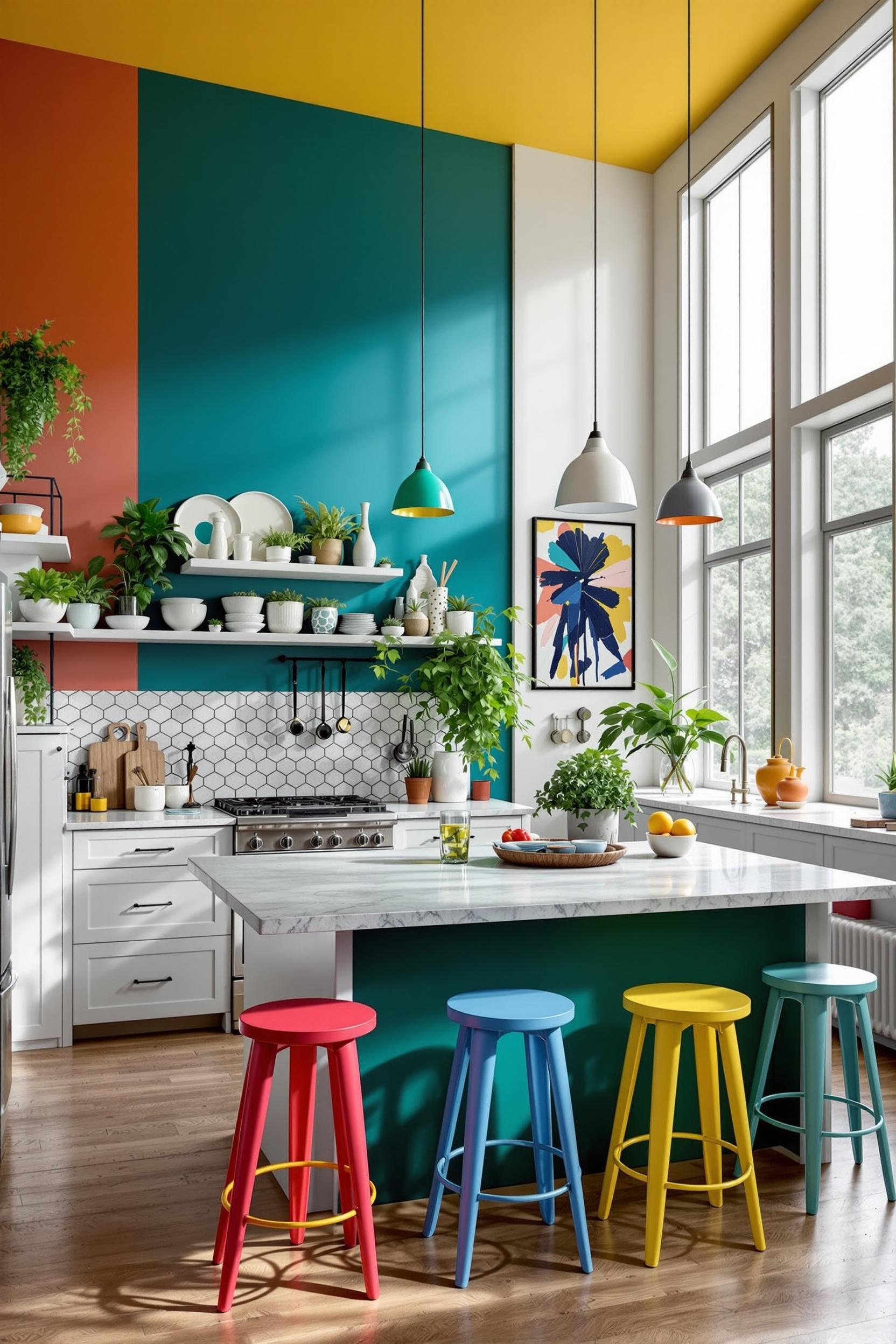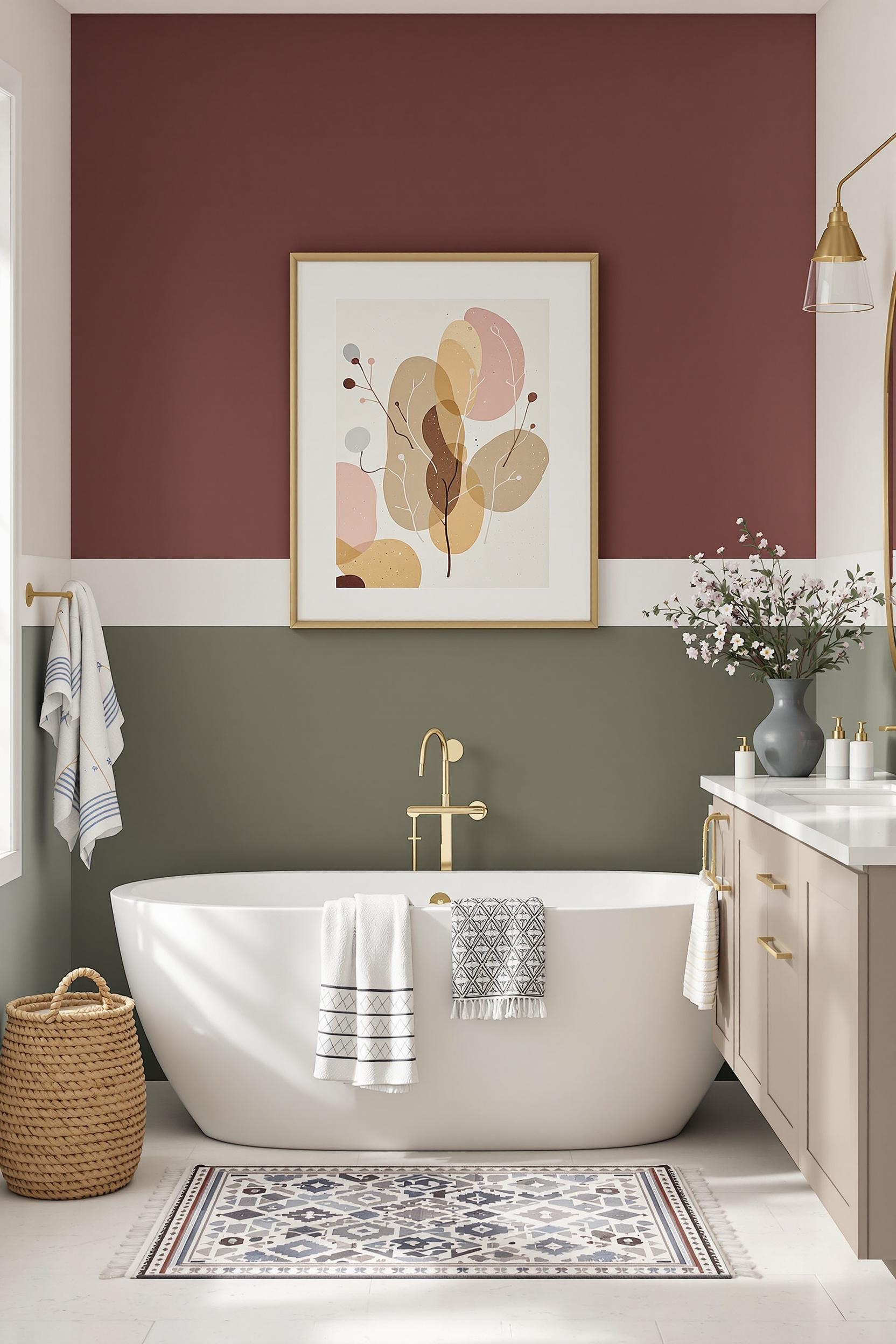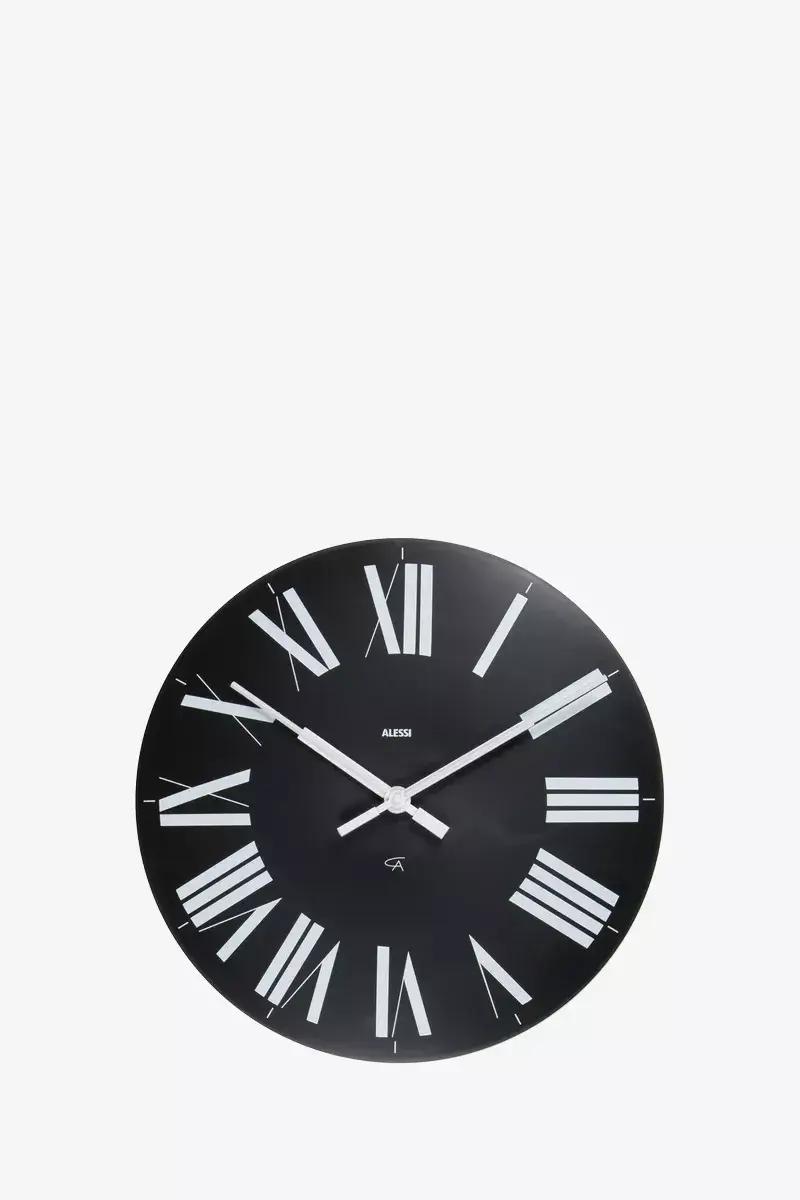
Space-Defining Paint Ideas: Transform Your Home with Strategic Color Blocking
Have you ever walked into an open space and felt uncertain where one area ended and another began? Or maybe a small room that felt more like a closet than a sanctuary? I’ve been there—not just personally, but with clients too. The solution? Strategic color blocking, a transformative design technique I use to create functional, visually separate zones that also feel cohesive and intentional. If you’re looking for space defining paint ideas, you’re in the right place.
The good news? You don’t need structural changes or costly remodels. All you need is paint, creativity, and a basic understanding of color psychology. Whether you’re dealing with a small apartment, an open floor plan, or just a room that lacks definition, you’ll learn the techniques needed to define your space using nothing more than strategic color placement. We’ll explore techniques like geometric paint designs, paint zoning in open floor plans, and minimalist color combinations that make a major impact.
Geometric Paint Techniques: Sculpting Visual Space with Color Psychology
Paint isn’t just aesthetic—it’s functional. Color affects how we perceive size, shape, and function. A study found that cream-colored environments are seen as 79.5% more spacious and better organized compared to bolder hues like blue and pink. I use this insight constantly in my work.
When I design with color blocking for minimalists, I often start with a neutral color foundation. Neutral foundations help reduce visual clutter and create clarity, while vibrant details (like a bold red or muted jade) help define the zone you’re working to emphasize—be it a reading corner or entryway.
- Vertical blocks can make a room feel taller
- Opposing side walls in light vs. dark can manipulate width perception
- Matte vs. glossy finishes shift depth perception and create subtle contrast
Want your hallway to feel expansive? Use light shades on the walls and ceilings. Trying to shorten a long living space? Consider dark accent walls in specific areas to draw the eye inward.
Defining Open Floor Plans: Strategic Paint Zoning Techniques
Open floor plans are stunning but tricky. Without walls, it’s easy for areas to feel undefined. Paint zoning changes that dramatically. You can use color shifts, shapes, or even finish differences to signal a shift in purpose—from kitchen to dining, or living to working.
Here’s how I approach it:
- Use function-appropriate hues: Cool-toned blues or silvers help a workspace feel clean and focused, while warm tones like muted terracotta make lounges feel cozy.
- Create geometric dividers: A large triangle behind the dining table or a rectangle offset behind a couch becomes a visual cue for function without a single physical barrier.
- Accents matter: You don’t need full walls—painted trim details or even ceiling color distinctions can provide definition.
For a comprehensive guide on transforming open-plan areas, explore this detailed zoning strategy. It walks you through applying paint to different areas without crowding the space.
Maximizing Compact Spaces with Bold Design
Living in a smaller apartment doesn’t mean you’re out of options. Color blocking in small apartments is incredibly effective. Neutral color bases paired with natural accents or bold horizontals trick the eye into seeing more width or height based on your goals.
Paint your ceiling and upper walls the same color, and it might feel lower—but cozier. Paint only half the wall and use darker lower blocks to give the illusion of a taller space. For example:
- Two-tone wall paint ideas: Use half-wall blocks in kitchens to separate prep areas from casual dining nooks.
- Play with orientation: Horizontal stripes expand width. Vertical blocks give the height illusion.
- Multifunction rooms: A soft corner color block can make a comfy reading nook in the living room without adding walls.
Need more ideas? Take inspiration from the minimalist multipurpose space color blocking guide.
Clever Ways to Add Color Without Clutter
Minimalism doesn’t mean colorless. It means being intentional. If you’ve been unsure about trying bold hues, I always recommend starting small:
- Paint your bed frame
- Add subtle surprise color blocks to drawer interiors
- Frame your windows with contrast paint
These small touches carry a lot of visual weight in defining space and style. Try reflecting these accents through accessories such as curtains or rugs with matching tones to complete the look effortlessly.
Color Blocking FAQs: Your Space-Defining Paint Questions Answered
1. How can I use paint to make a small room look larger?
Choose cool, light shades. Place a light geometric shape opposite a window to reflect natural light inward. For added openness, use a neutral base like cream, then layer with soft colors. Try the tricks outlined in our small space guide.
2. What are the best minimalist color pairings?
Pairing cream with muted blue, pale terracotta, or sage green delivers balance and depth. These color combinations create calm zones while adding design impact.
3. Can I define space in an open floor plan with just paint?
Absolutely. Use subtle transitions, geometric zones, or finish variations to delineate space. Living zones may use warmer tones; working zones cooler hues for better focus.
4. Will color blocking overcrowd my small apartment?
Not if applied properly. Use small, defined paint zones instead of large expanses. Keep base colors neutral. Reference this post for studio-friendly ideas.
5. What innovative techniques can I try at home?
Explore vertical enhancements, asymmetrical patterns, or even blending different sheens. Don’t forget the ceiling. Even a simple two-tone divider can elongate or compact the space.
Transform Your Space: Color Blocking Design Revolution Starts Now!
Unlock the Power of Paint: Your Design Transformation Begins Here
Color blocking is more than decorating walls—it’s about defining space, establishing flow, and capturing the essence of a room’s purpose. You’ve seen how it reshapes small apartments, streamlines open floor plans, and enhances spatial perception. The next step? Make it your reality.
Design Your Dream Space: Free Expert Toolkit Awaits
I’m offering you a comprehensive color blocking starter kit that includes:
- A room-by-room color zoning cheat sheet
- Creative geometric layout templates
- Guided color pairing strategies based on psychology
This complimentary toolkit is tailored to help you maximize your space with minimal effort.
Don’t wait for a remodel to redefine your home. Start with a paintbrush. Let color lead your space transformation story—functionally and beautifully.
Join Our Design Community
Do you have a unique color blocking project in mind? Share your ideas—or your results! I’d love to hear from you. Leave a comment or subscribe to our newsletter below for more minimalist color blocking inspiration.
Ready to color your world with purpose? Here’s your invitation to smarter, bolder design decisions:






